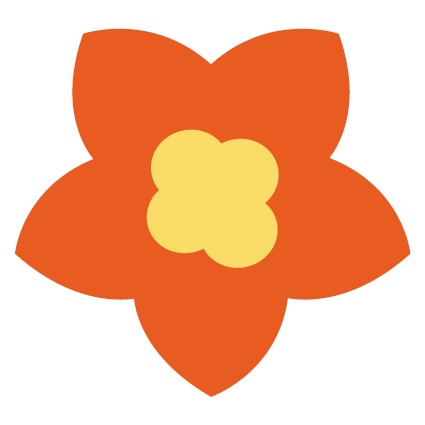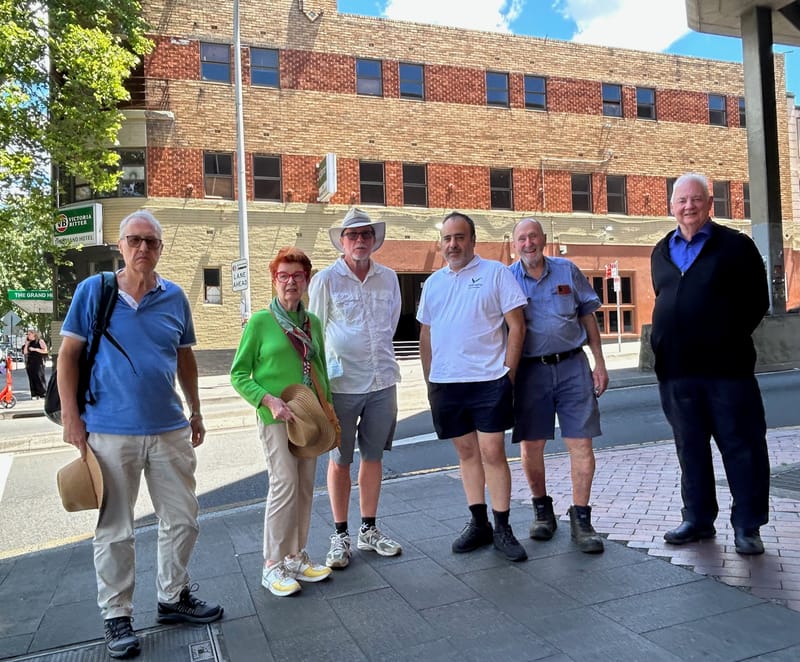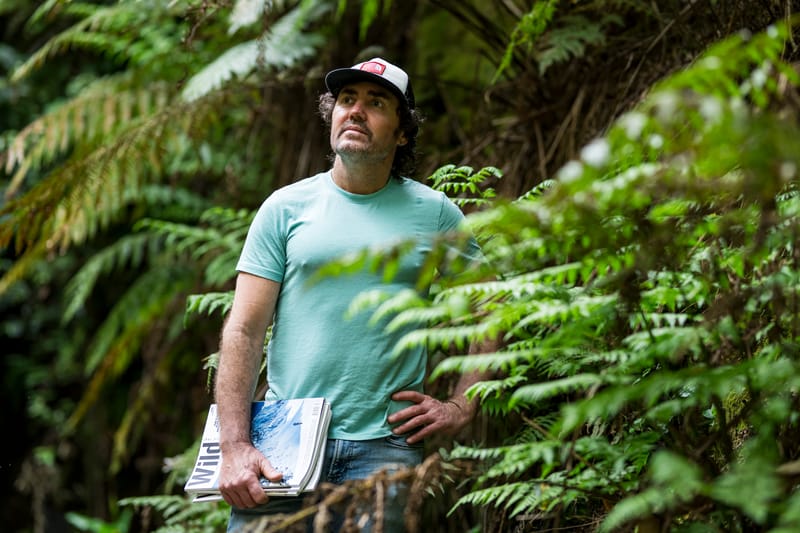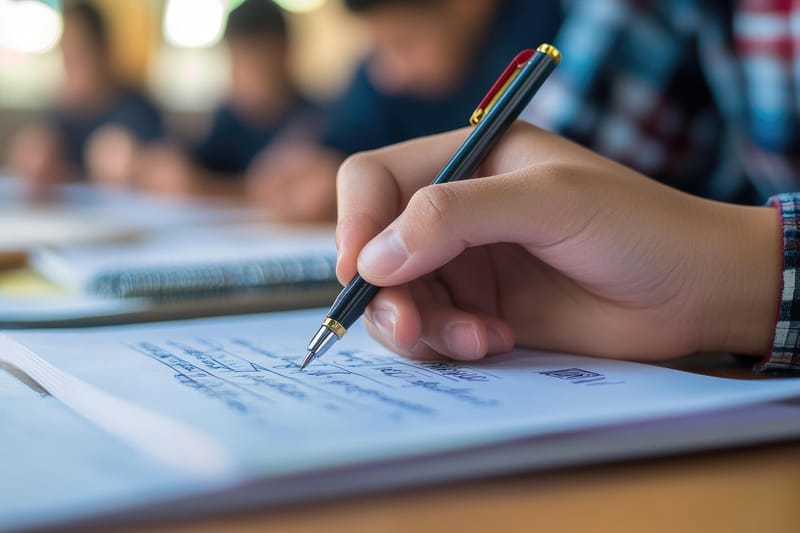On Sorry Day, Aunty Lorraine Brown wants the heartache of the Stolen Generations understood
Elder Aunty Lorraine Brown is a founding member of Coomaditchie Aboriginal Corporation, Port Kembla. She and her team manage the Coomaditchie Hall, helping young Aboriginal people connect to culture through art. The hall sits on the edge of...
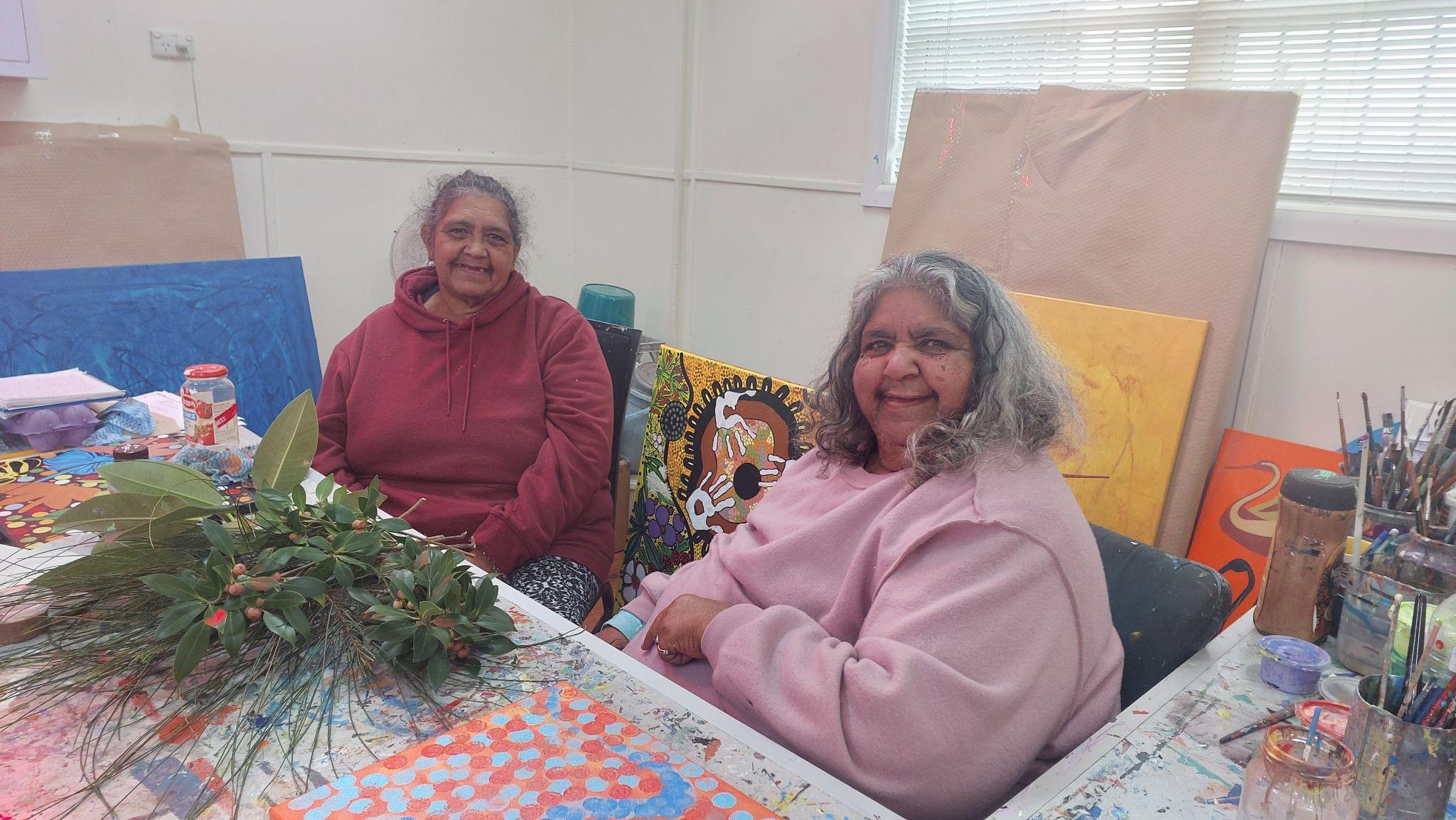
Elder Aunty Lorraine Brown is a founding member of Coomaditchie Aboriginal Corporation, Port Kembla. She and her team manage the Coomaditchie Hall, helping young Aboriginal people connect to culture through art.
The hall sits on the edge of Coomaditchie Lagoon, home to long-neck turtles, pelicans, ducks, swans, waterhens, the endangered Green and Gold Bell Frog, and sadly, the introduced carp that threatens them all. Long before it became an art hub, the Coomaditchie Hall was a meeting place for Aboriginal civil rights activists on the South Coast. In the 1960s, it hosted gatherings of the Aboriginal Advancement League, where local leaders campaigned for better housing and living conditions. In the 1990s, Lorraine, her sister Narelle and others constructed a track from the hall, around the lagoon, through the dunes to the beach, furnishing the track with art installations and culturally significant planting. It was a place for cultural learning, health and connection.
Today the track is overgrown and unwalkable.
My previous yarns with Aunty Lorraine have been about gardening and ecology and her hopes for restoring the track – but Monday, May 26 is National Sorry Day – and I want to know what’s on her mind.
“For me and my sisters, Sorry Day is important because we were brought up close to the children's homes, places where children were locked behind the gates," she says.
"We saw the impact, even as our parents tried to hide it from us. We were lucky to have our parents, but we lived in fear of being taken. We used to go visit those kids at the homes in Bomaderry and Pauls Creek, sit at long tables and talk with them, try to keep the connection. My sisters and I saw the deep impact of that.
"People need to understand the damage that was done – from their treatment away from family, from the heartache of being in those homes, being forced to learn all kinds of work that was expected of them. Sorry Day marks the day when we got the apology and so many of them broke down with emotion, just from the simple word 'sorry'.
"It’s important to us Aboriginal people to be acknowledged, especially the ones who were stolen, like my husband. I remember him crying, just beginning to process all that had happened to him. The first time I saw my husband crying was really hard. His mental health was badly affected, but it didn't come out till he was older.
"Lots of our people lost their identity and have had to go through the pain of trying to prove their Aboriginality. Ripped from your people, your culture and your life. That’s what people need to understand about Sorry Day.”
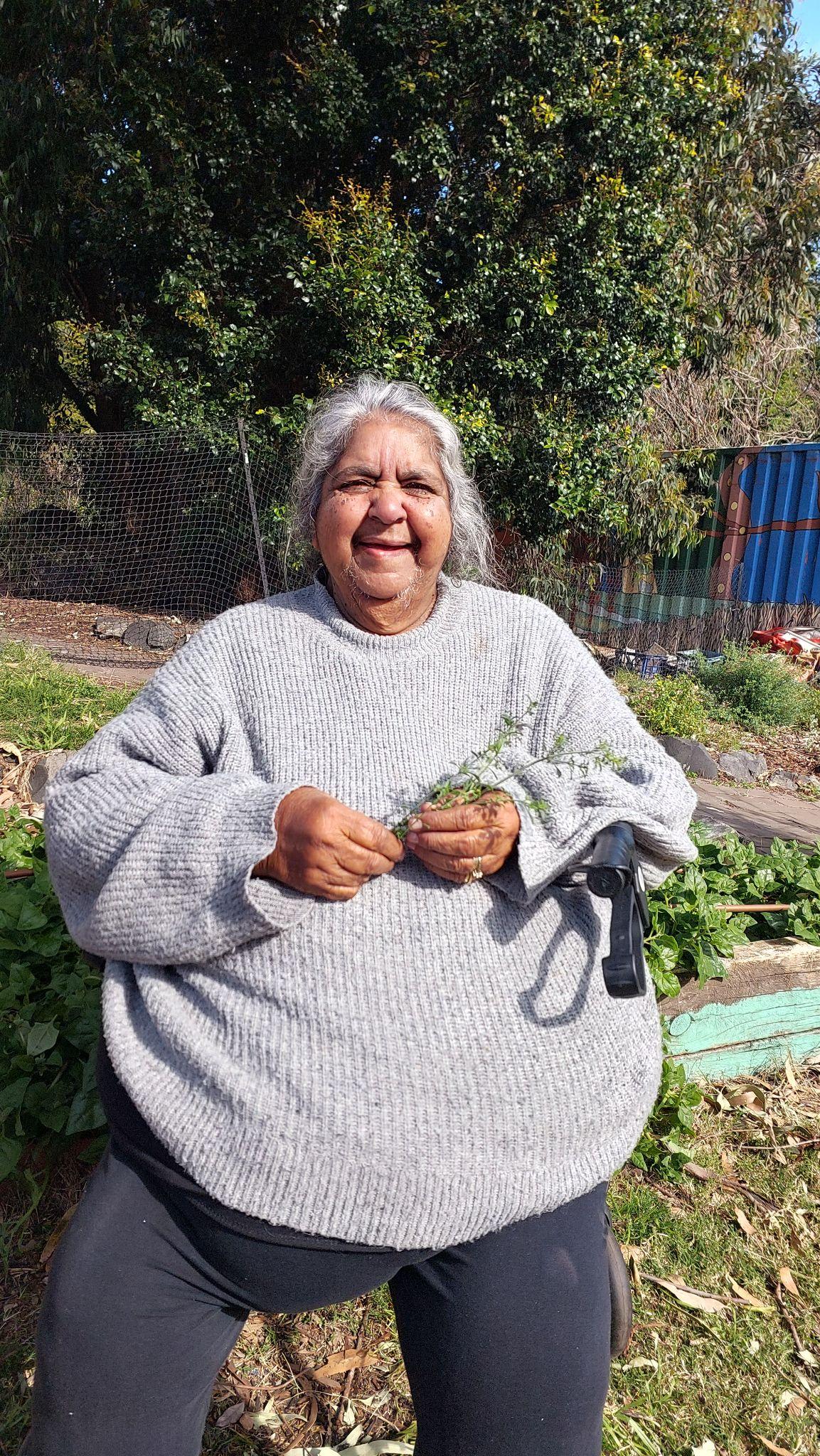
Lorraine has told me previously about her childhood of picking work on Yuin Country with her family. Today she mentions they moved with the seasons, picking, travelling, in part to stay safe while so many of her peers were being stolen.
“Doing seasonal work, we met the same people each year – Aboriginal people from up and down the coast. You had no electricity, just an old tin shed. We were with our friends though, yarning-up around the campfire telling scary stories. We’d be out in the morning picking in the fog, and by 11 o'clock it'd be too hot, the sand burning through the soles of your shoes – or your knees – so we’d go down to the white sand of the creek under the willows and swim all afternoon. Then in the cool season, we’d pick in Nowra, in the frost.”
Working on Country has been a big part of Lorraine’s life. Starting in 1993, Lorraine and Narelle dedicated themselves to making the Coomaditchie lagoon track. They studied bush regeneration at TAFE, won grants, cleared the weeds with machetes and planted native bush foods and medicines so locals could walk from their houses to the beach, nourished and held by Country.
“We planted densely to protect the soil and created a path with painted designs. I wish invasive species like the bitou bush and lantana had never been introduced! We had plants that maintained the sand hills for thousands of years. We shouldn't have lantana, but the English wanted to see pretty flowers looking out the train windows.
"Now we’ve got these weeds, which can be dormant in the soil for years.”
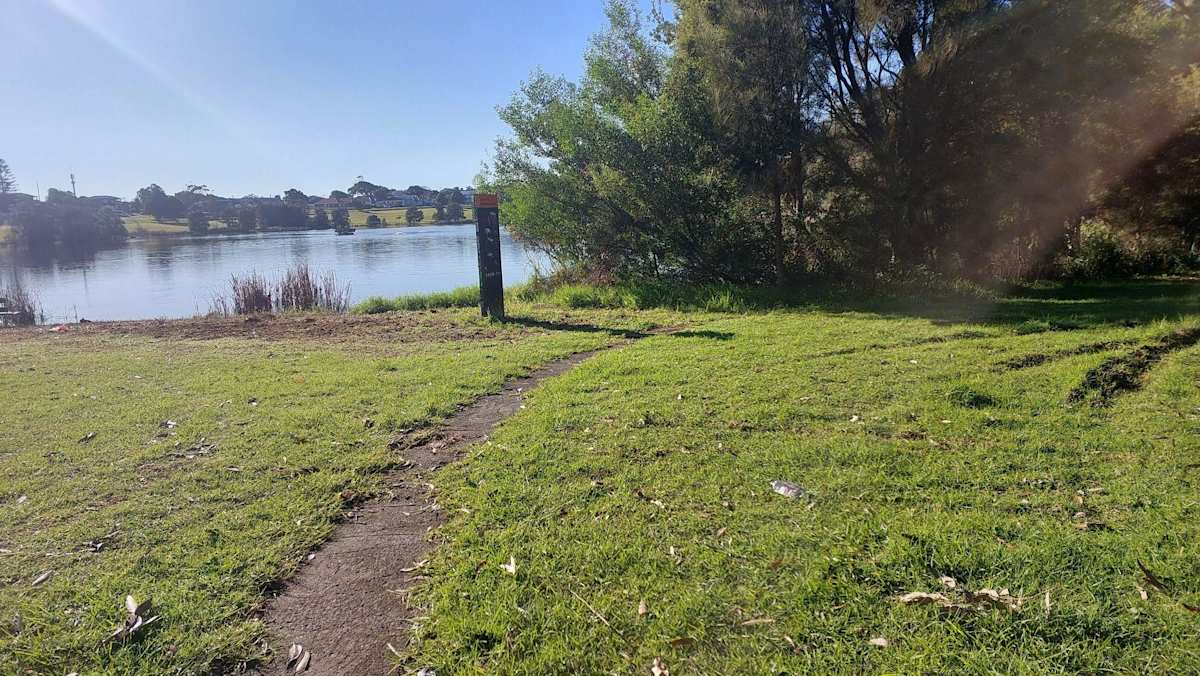
Lorraine wants to see the Coomaditchie Lagoon track revived, to bring people back into contact with its rich ecology, history and culture. Wollongong Council’s master plan for Port Kembla includes restoration of the Ngaraba-aan Trail from Hill 60 to Windang, and hints that it might connect to Coomaditchie.
Today I ask if Lorraine is seeing improvement in the way people treat Country here in the Illawarra. She says she is seeing things improve as people come together, citing Illawarra’s multiculturalism as an advantage. She returns to the problem of truth-telling, and the continuing suffering of Stolen Generations survivors.
The Bringing Them Home Report of 1997 was a significant step in truth-telling, one that had helped begin the process of grief and healing for Lorraine's late husband. Yet only 6% of the recommendations have been actioned, according to The Healing Foundation. I ask Lorraine why so little has been achieved.
“Racism starts from wrong information and there's a lot of that, and that's a big Sorry Day problem. We cop the impacts of that misinformation. It would be nice to see the people in a position of power to get up and do something for the older people.”
I ask Aunty Lorraine how she felt when the results of the referendum came out, specifically that Cunningham had voted Yes. She says she wasn't surprised because the Illawarra has long embraced diversity.
“Our kids grew up with multiculturalism here. When our people were forced off Hill 60 to live in the dunes behind Coomaditchie Lagoon, new migrants asked if they could live there with the Aboriginal people, since they couldn’t rent houses elsewhere due to discrimination. Aboriginal people and migrants have a long history in the Illawarra of supporting one another.”
Aboriginal people have lived on this coast for millennia, but were concentrated onto and then forcibly removed from Hill 60 during World War II. Despite promises to return the land post-war, it was sold to Wollongong Council in 2006.
“Since I've been living here, I’ve seen positive changes," Aunty Lorraine says.
"People have started coming out, identifying who they are. The more people learn about the past, the less people will refuse Black History. That's what hurts – when people don't believe it happened. There are a lot of stories to tell, and people should listen to those stories.
"Look at their faces when they tell you. Those cruel things really happened. Those terrible things really were done. And people are still hurting.”
Lorraine speaks of the importance of their creative practice and of caring for Country.
“We want to show that this place is rich with biodiversity and culture. If explorers had listened to Aboriginal people, they wouldn’t have starved. Coomaditchie art-making is about allowing people to find joy and strength in our culture. We’ve gone through so much sorrow.
"By working together we’ll have a richer, stronger Aboriginal culture and that’s good for everyone.”
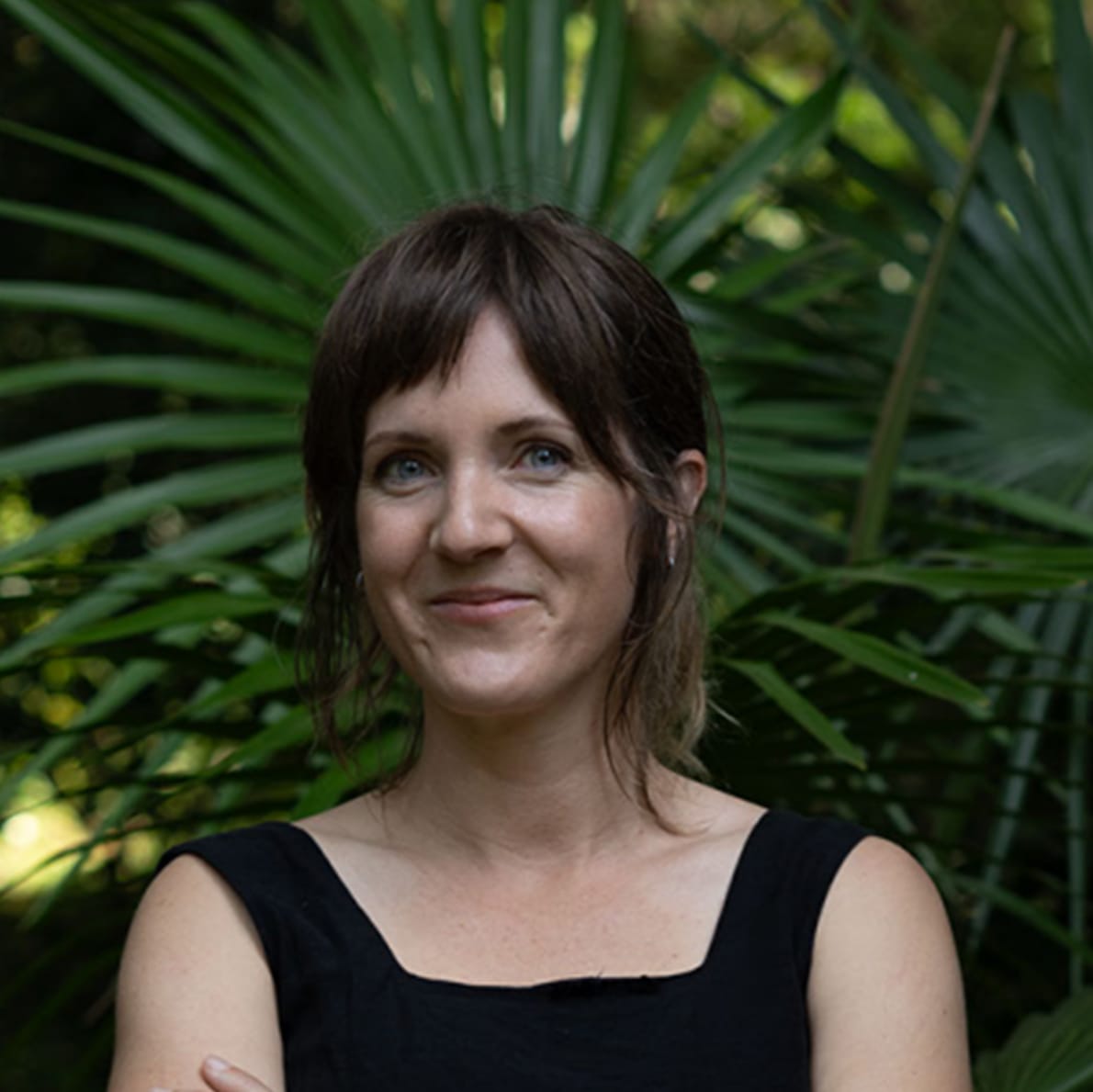
About the writer
Kathryn Morgan is a designer and educator whose practice, Understorey Landscape Architects, is grounded in sensitivity to place and ecological responsibility. Kathryn gardens, draws, and writes to better understand her place in nature and to stretch her capacity to imagine possible futures. Her work aims to support communities in forging just, responsive relationships with land.

